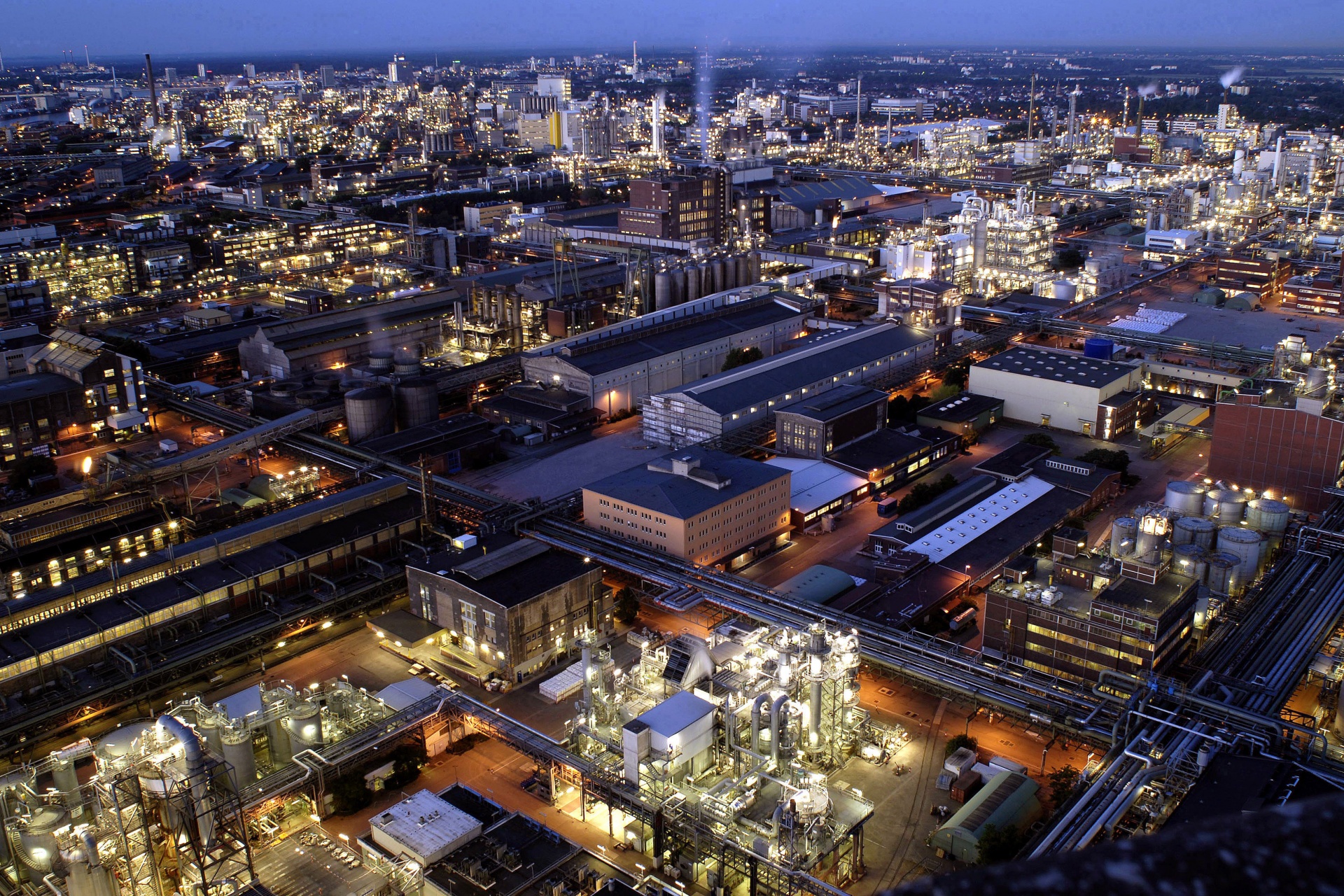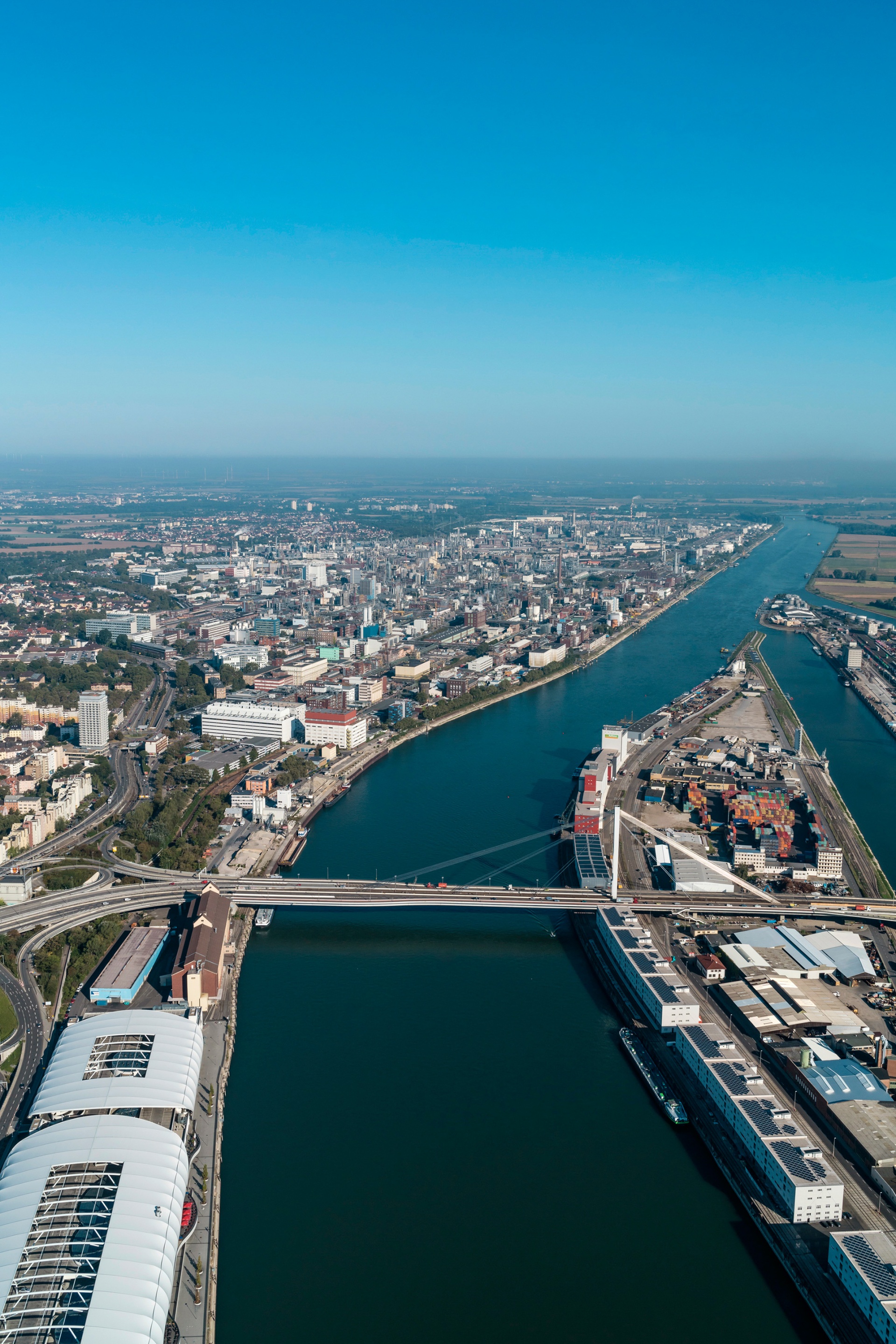BASF achieves strong earnings in 2021
“It was a strong and successful year for BASF,” said chairman of the board of executive directors, Dr. Martin Brudermüller, who presented the BASF Report 2021 together with CFO Dr. Hans-Ulrich Engel.
“We increased sales values by 25 per cent and volumes by 11 per cent. All segments achieved price and volume growth in 2021,” said Brudermüller. BASF Group’s sales amounted to $88.61 billion in 2021, 33 per cent higher than in the previous year.
Earnings before interest, taxes, depreciation, and amortisation (EBITDA) before special items stood at $12.74 billion in 2021, exceeding the figure of the previous year by $5.5 billion.
With $8.7 billion, income from operations (EBIT) before special items more than doubled compared with 2020. This represented an increase of 67 per cent compared with 2019. BASF’s positive earnings development was mainly driven by the chemicals and materials segments. Surface technologies and industrial solutions also contributed considerably to the strong recovery.
Return on capital employed (ROCE) was 13.5 per cent, after 1.7 per cent in the previous year, and significantly above the cost of capital rate of 9 per cent.
The increase in ROCE resulted mainly from the higher EBIT of $8.6 billion in 2021, which was considerably above the prior-year level.
 |
| BASF achieved strong earnings in 2021 |
Additional costs due to rising energy prices in Europe
BASF’s automotive-related businesses continued to be negatively impacted by the semiconductor shortage.
In 2021 – and particularly in the fourth quarter – higher raw material prices and increased energy and logistics costs also burdened the earnings development in all segments.
For BASF’s European sites, the additional costs in 2021 amounted to around $1.6 billion. The fourth quarter of 2021 alone accounted for $901 million of this amount.
BASF Group’s cash flow in 2021 and Q4/2021
Cash flows from operating activities in 2021 amounted to $8.1 billion, compared with $6 billion in the previous year.
The considerable increase was primarily due to the improvement in net income, which came in at $6.2 billion. Free cash flow increased to $4.1 billion in 2021 from $2.6 billion in the previous year.
In the fourth quarter of 2021, cash flows from operating activities increased by $1.4 billion to $3.7 billion. Free cash flow came in at $2.02 billion, an increase of 84 per cent compared with the fourth quarter of 2020.
Sales and earnings development in Q4/2021
BASF Group’s sales in the fourth quarter of 2021 rose by 24 per cent and reached $22.3 billion.
“Despite the comparison with the strong period before, BASF was able to increase volumes in all segments except for materials in the fourth quarter of 2021,” said CFO Engel.
EBITDA before special items increased by around $112.7 million to $2.4 billion. EBITDA amounted to $2.6 billion, compared with $2.3 billion in the fourth quarter of 2020.
EBIT before special items was $1.35 billion, compared with $1.24 billion in the fourth quarter of 2020. EBIT came in at $1.35 billion in the fourth quarter of 2021, compared with $1.1 billion in the fourth quarter of 2020.
Proposed dividend of €3.40 ($3.83) per share
At BASF’s Annual Shareholders’ Meeting this year, the board of executive directors and the supervisory board will propose to pay a dividend of €3.40 ($3.83) per share, an increase of 10 cents.
In total, BASF would pay out around $3.5 billion based on the number of shares at the end of the year. “With our dividend proposal, BASF's shares offer an attractive dividend yield of 5.5 per cent based on the share price at the end of 2021,” Brudermüller said.
Achievement of nonfinancial goals
BASF aims to reduce its absolute CO2 emissions by 25 per cent by 2030. In 2021, CO2 emissions amounted to 20.2 million metric tons – a decrease from the 20.8 million metric tons emitted in 2020. “This decline is remarkable given the strong growth,” said Brudermüller.
Much earlier than planned, BASF achieved its target of $24 billion in sales by 2025 with products that make a substantial sustainability contribution in the value chain. Sales of these products amounted to $27.2 billion in 2021.
“We will therefore adjust this portfolio steering target in the course of 2022,” Brudermüller said.
 |
| BASF continues to invest in growth projects |
Investments in growth projects
BASF’s planned capital expenditures of $28.8 billion between 2022 and 2026 are $3 billion higher than in the previous planning period from 2021 to 2025.
“The main reasons for this are our two major growth projects: the new Verbund site in Zhanjiang and our battery materials activities,” said Engel. “These two projects are key to drive BASF’s future growth.”
Investments in BASF’s existing business remain stable at an average level of $2.9 billion per year. Engel announced BASF would be very disciplined with the investments required to maintain and profitably grow these businesses.
“This will enable us to fund the growth projects with an average of roughly $2.9 billion per year. Capex for our growth projects will peak in 2024,” said Engel.
For 2022, BASF plans total capital expenditures of $5.2 billion, compared with $3.8 billion in 2021. The annual budget for research and development activities amounts to around $2.3 billion.
Outlook for 2022
BASF expects the global economic growth of 3.8 per cent to be somewhat more moderate in 2022, following the very strong recovery in 2021. BASF anticipates an average oil price of $75 for a barrel of Brent crude and an exchange rate of $1.15 per euro.
Based on these assumptions, BASF is forecasting sales of $77-83.4 billion for 2022.
The company expects EBIT before special items to be between $7.4-8.2 billion. ROCE should be between 11.4 per cent and 12.6 per cent. CO2 emissions are expected to be around 19.6-20.6 million metric tons in 2022.
What the stars mean:
★ Poor ★ ★ Promising ★★★ Good ★★★★ Very good ★★★★★ Exceptional
Related Contents
Latest News
More News
- TECHFEST Vietnam 2025 links startups with policy and capital (December 15, 2025 | 18:21)
- MST to allocate $3.8 billion for sci-tech in 2026 (December 15, 2025 | 18:10)
- Long Thanh International Airport welcomes first Vietnam Airlines test flight (December 15, 2025 | 18:01)
- Health Innovation Hub: accelerating health equity through digital healthcare innovation (December 15, 2025 | 08:00)
- Vietnam’s first AI Law to take effect from March 2026 (December 12, 2025 | 09:00)
- Chi Communications joins SEA CAN alliance (December 11, 2025 | 17:39)
- New Law on High Technology sets incentives and safeguards (December 11, 2025 | 09:00)
- IBTE 2025 to return to Ho Chi Minh City this December (December 11, 2025 | 09:00)
- Masan posts steady gains as Vietnam targets stronger retail growth (December 10, 2025 | 18:58)
- Seafood exports to Japan surge towards new annual record (December 10, 2025 | 18:50)

 Tag:
Tag:





















 Mobile Version
Mobile Version